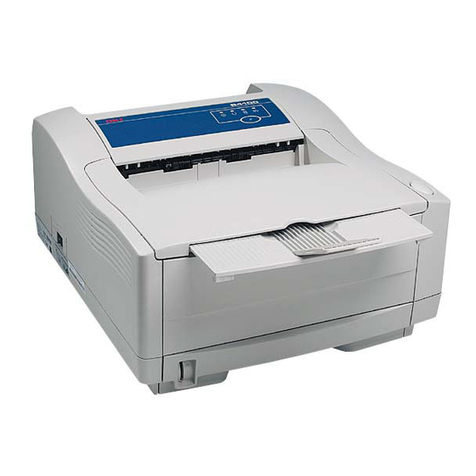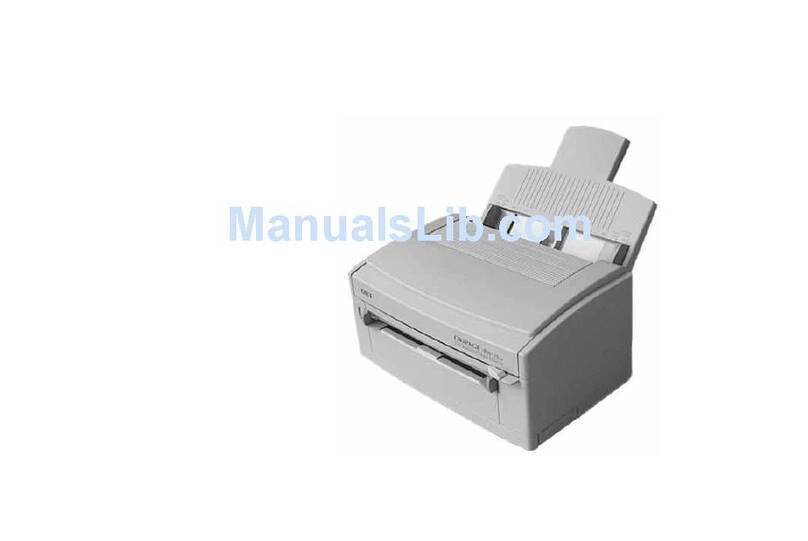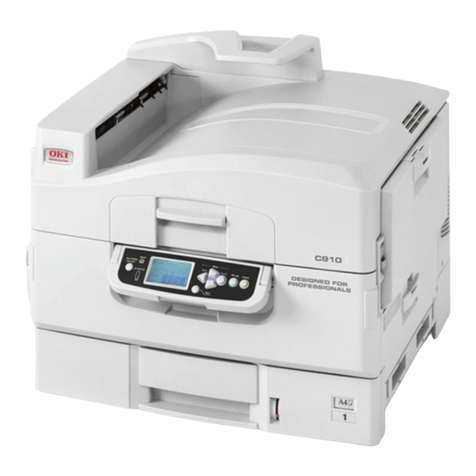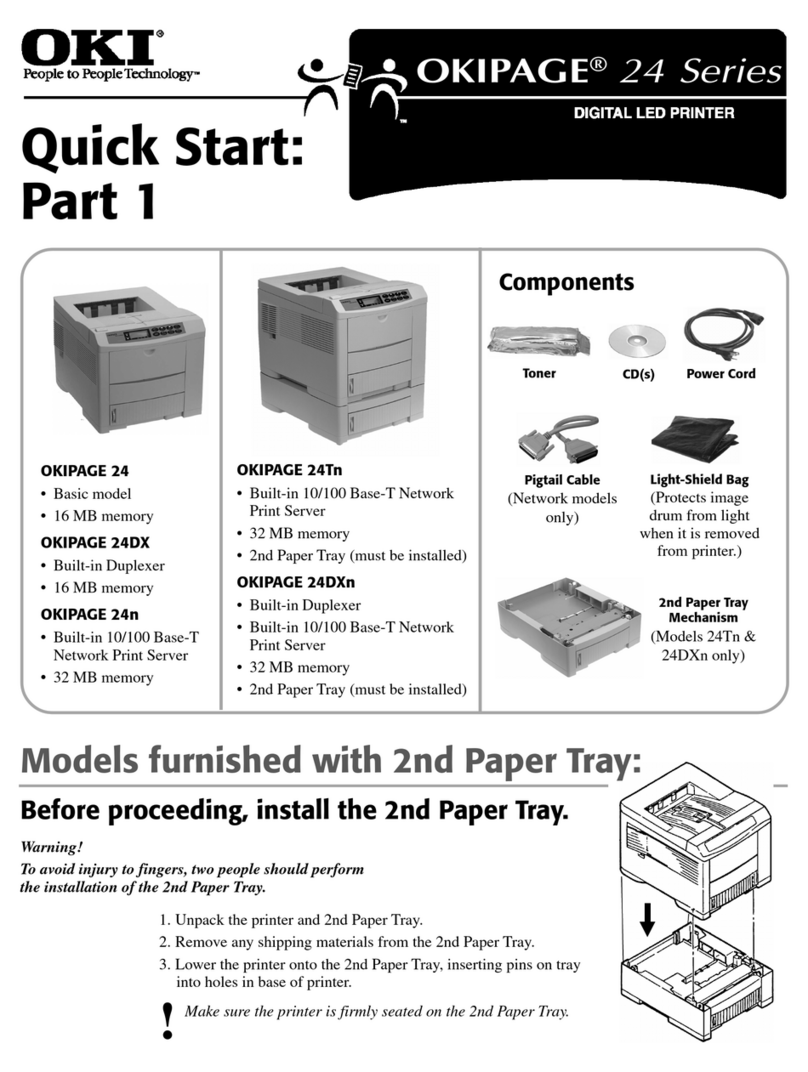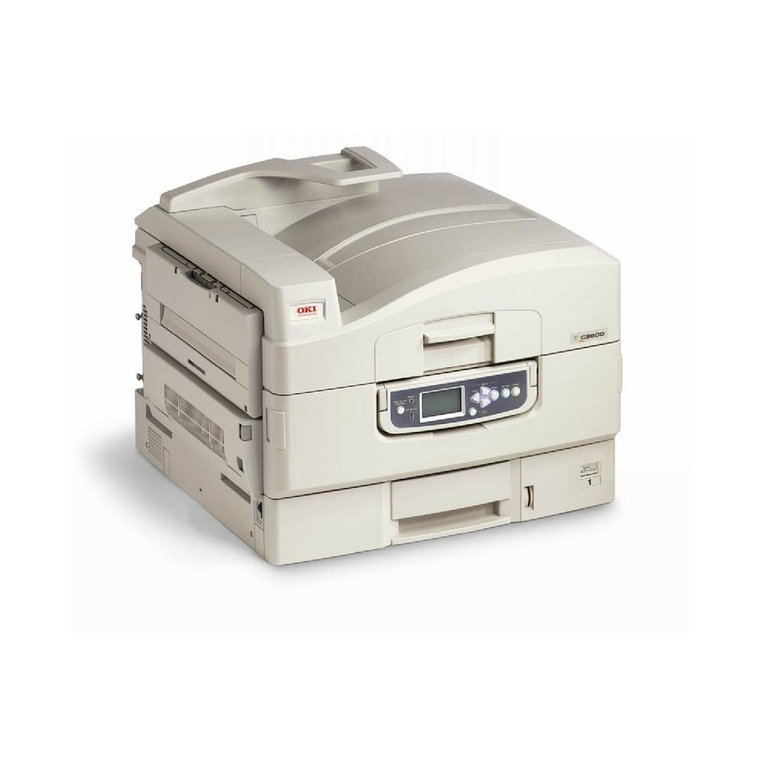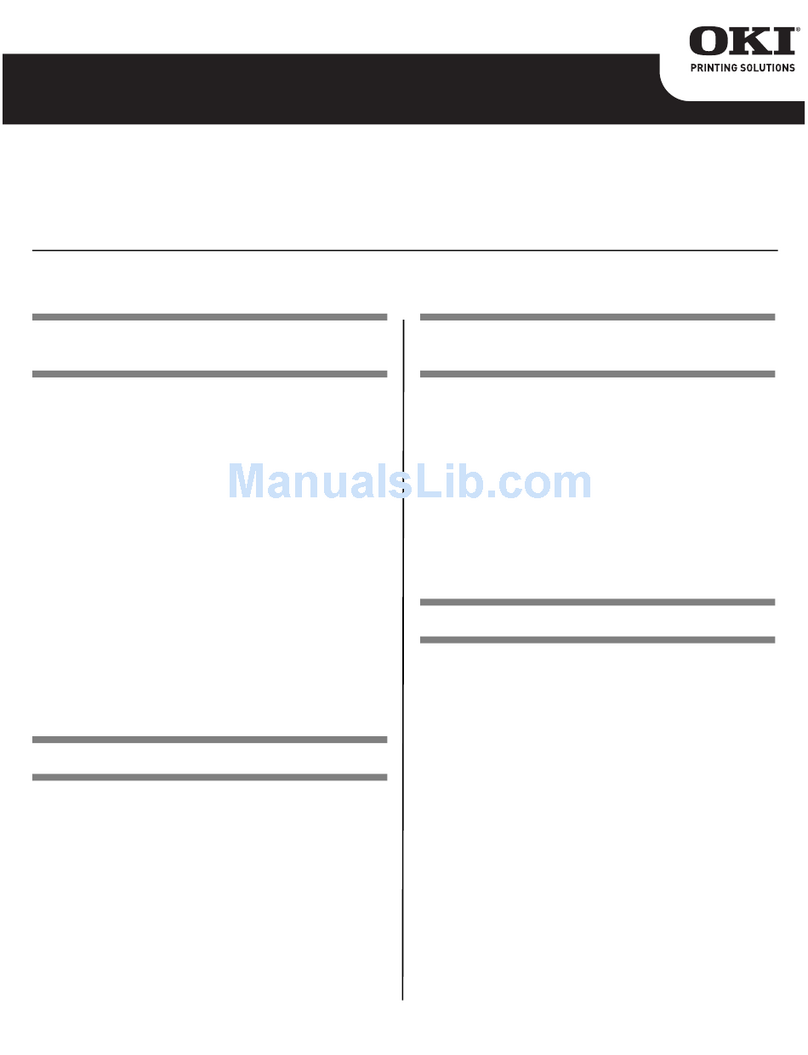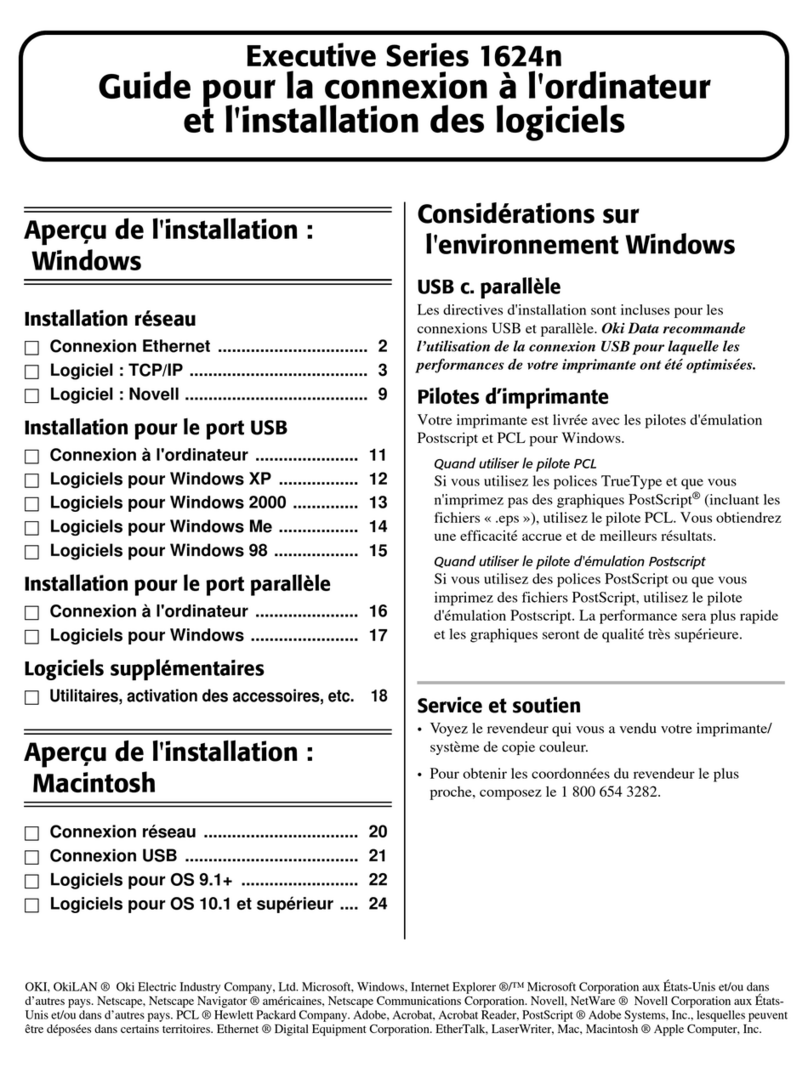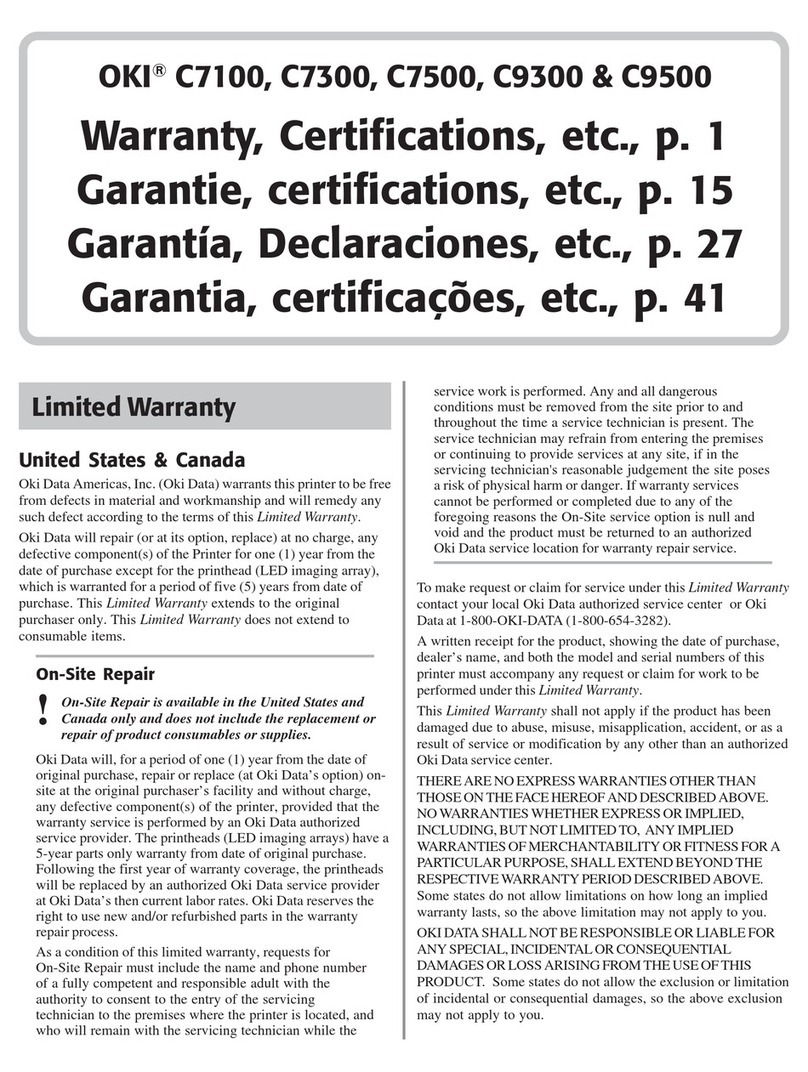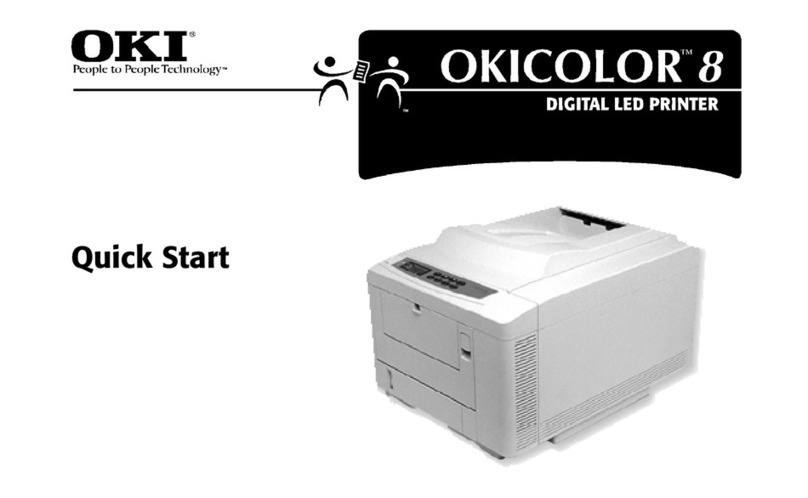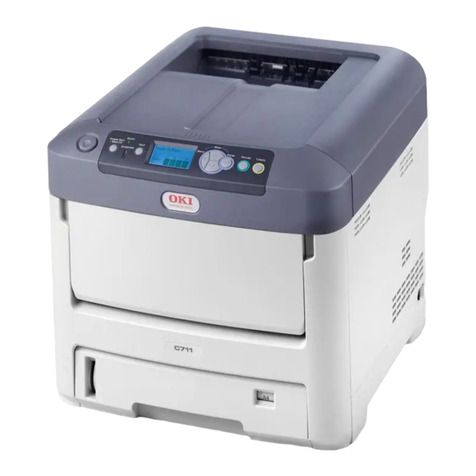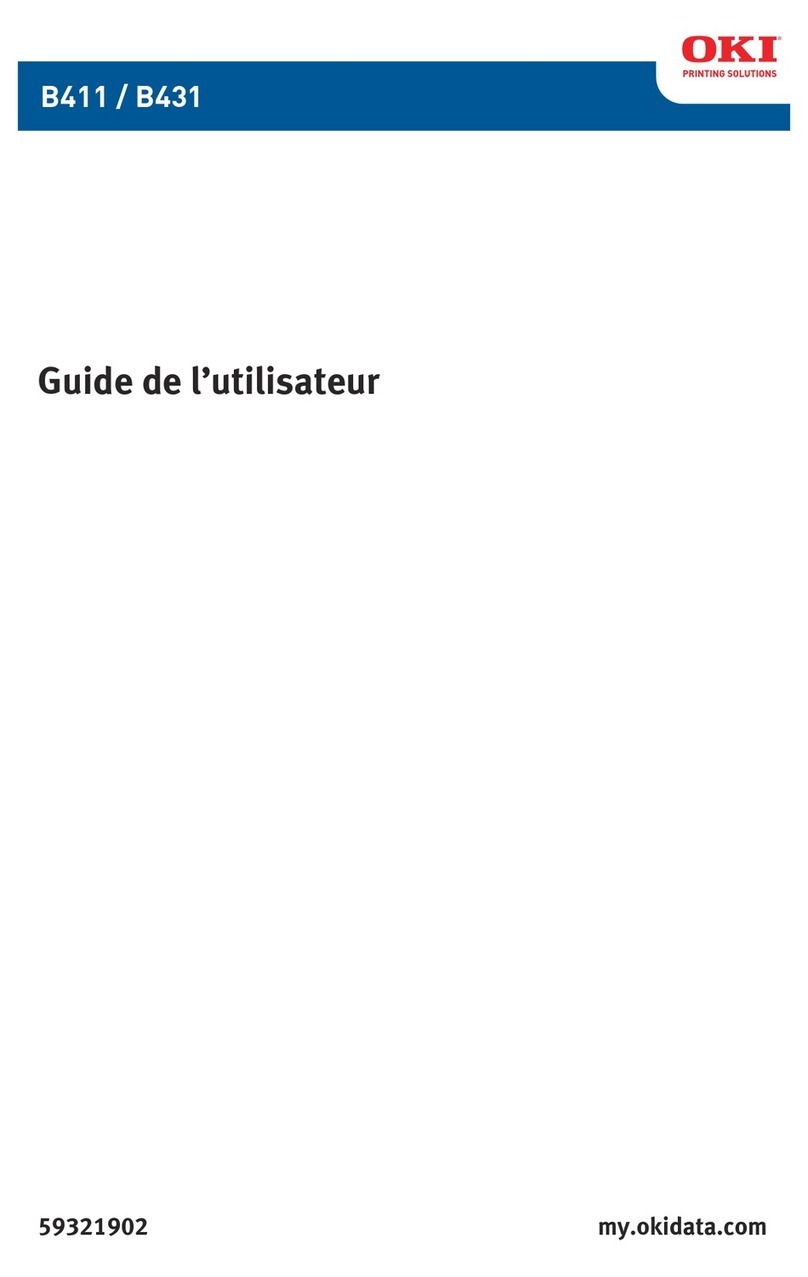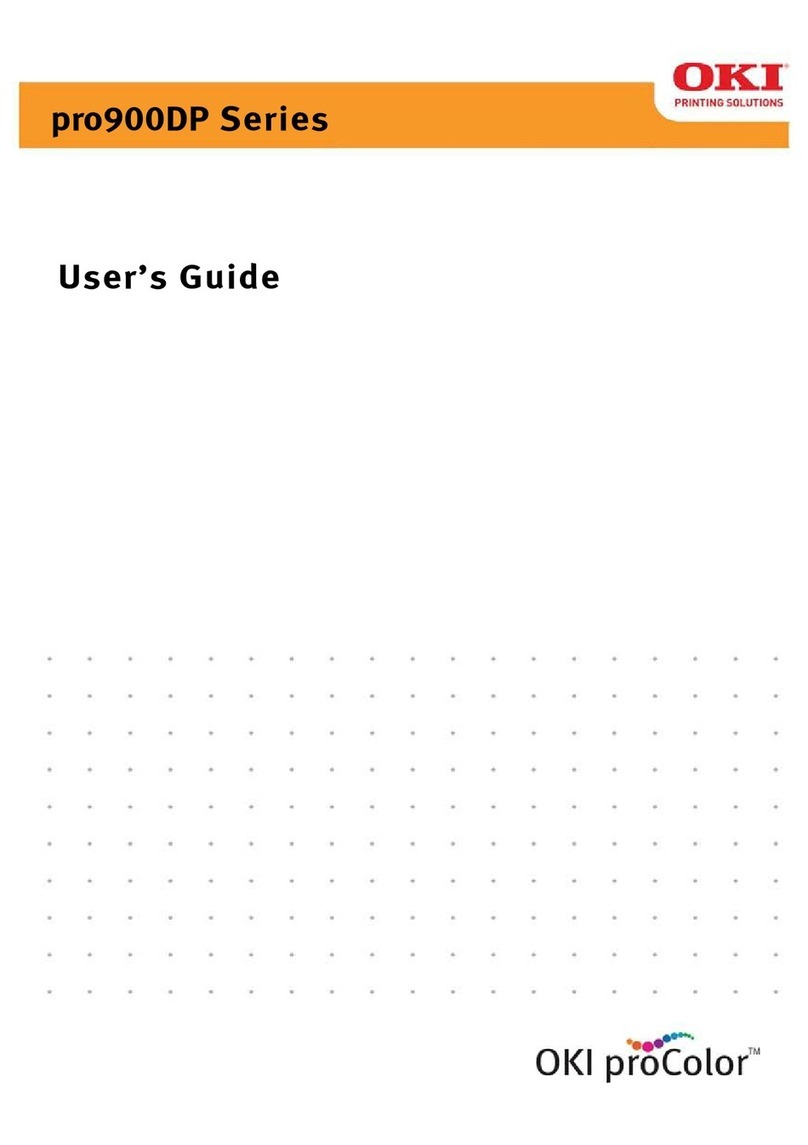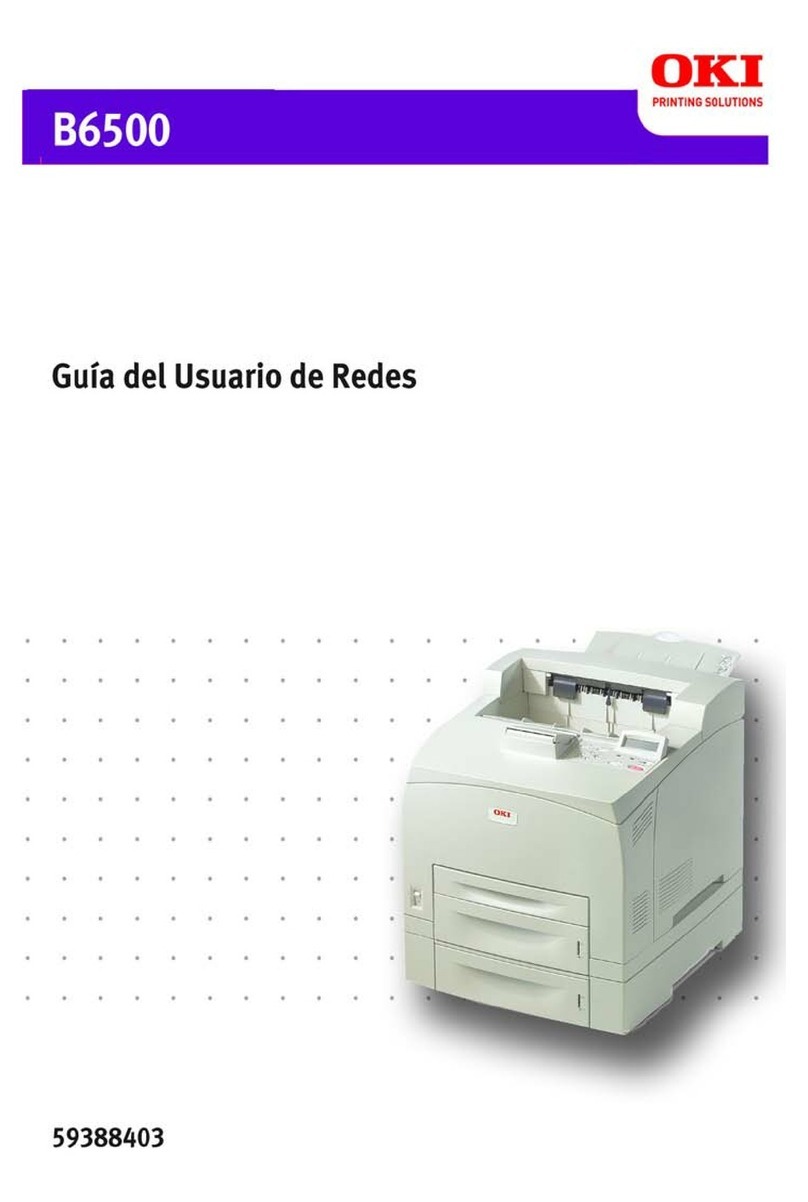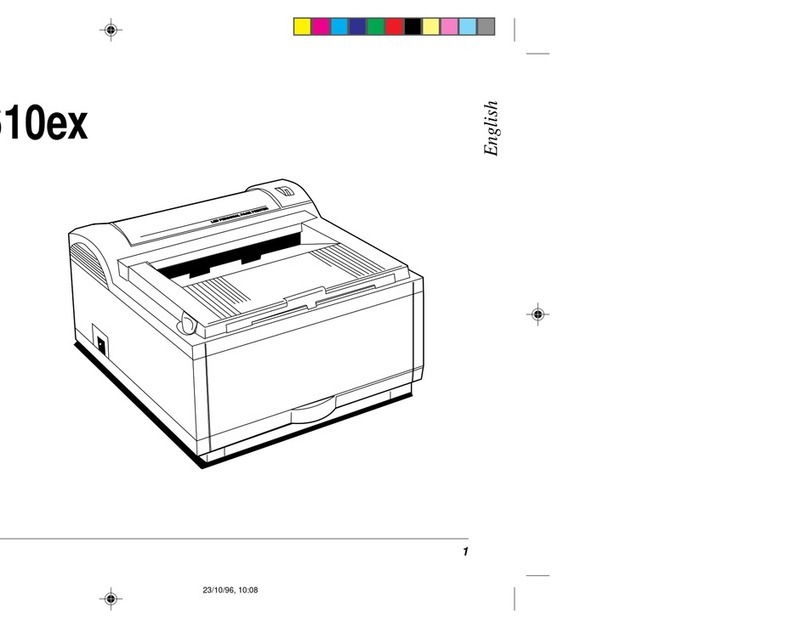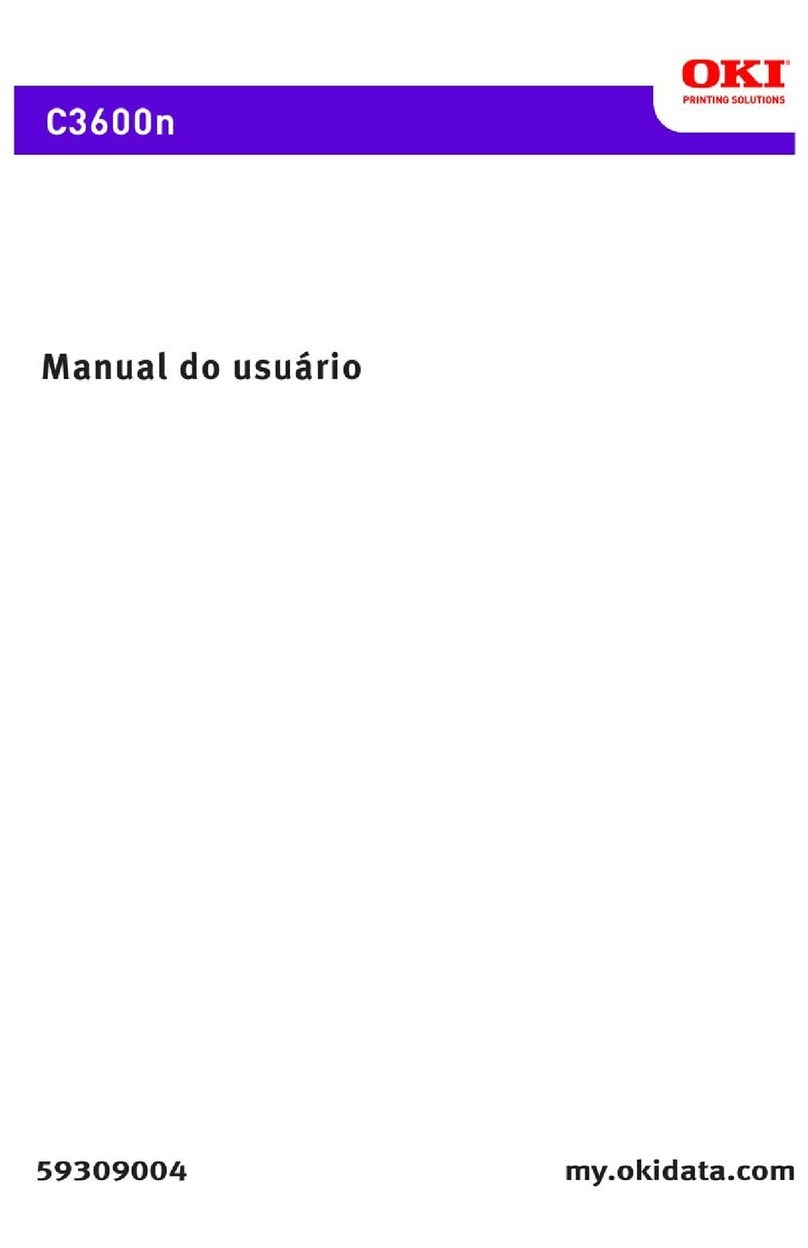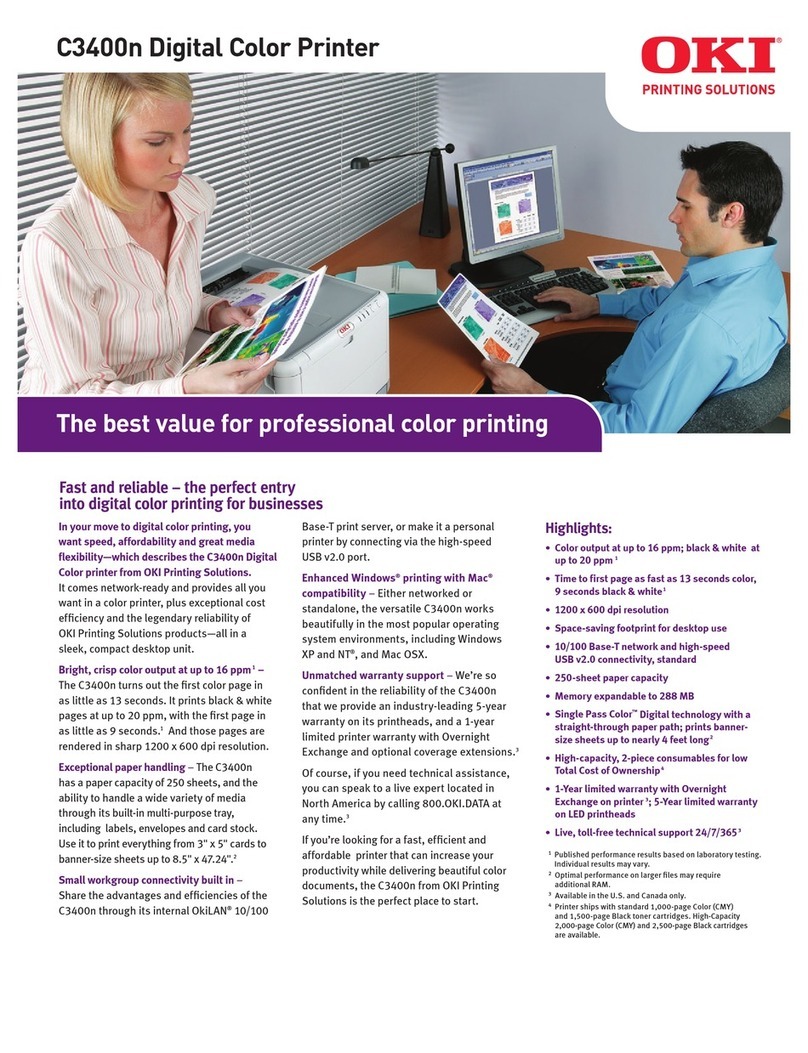
3.3.18 Square-shaped Connector ........................................................................... 3-25
3.3.19 Hopping Motor.............................................................................................. 3-26
3.3.20 Gear One-way .............................................................................................. 3-27
3.3.21 Feeder Unit Front ......................................................................................... 3-28
3.3.22 Mannual Feed Hopper Assy......................................................................... 3-29
3.3.23 Guide Paper Input Assy................................................................................ 3-30
3.3.24 Lever Input Sensor ....................................................................................... 3-31
3.3.25 Roller Registration, Roller Assy Hopping ..................................................... 3-32
3.3.26 Roller Hopping.............................................................................................. 3-33
3.3.27 PXU PCB/PXM PCB, Lever Regist Sensor .................................................. 3-34
3.3.28 Paper End Lever........................................................................................... 3-35
3.3.29 PCO PCB (Operator Panel).......................................................................... 3-36
3.3.30 Holder Gear Toner Assy............................................................................... 3-37
3.3.31 Plate Latch Lever (FD), Spring Latch Lever (FD) ......................................... 3-38
3.3.32 Belt Cassette Assy ....................................................................................... 3-39
3.3.33 High Voltage Power Supply Unit, Bracket HV (BT) Assy ............................. 3-40
3.3.34 Eraser Bracket Assy, Eraser Bracket(KCM) Assy........................................ 3-41
3.3.35 Shaft Link...................................................................................................... 3-42
3.3.36 Contact (BL-R) Assy, Contact (CL-R) Assy.................................................. 3-43
3.3.37 Contact (BL-L) Assy, Contact (CL-L) Assy................................................... 3-44
3.3.38 Contact SB Assy........................................................................................... 3-45
3.3.39 PXC PCB...................................................................................................... 3-46
3.3.40 Heat Unit Assy.............................................................................................. 3-47
3.3.41 Oil Roller Assy.............................................................................................. 3-48
3.3.42 Lever Lock Heat (L) / (R), Guide Side Heat, Spring Lock............................. 3-49
3.3.43 PXL PCB ...................................................................................................... 3-50
3.3.44 Heat Unit Guide Assy ................................................................................... 3-51
3.3.45 Holder LED Assy, LED Head........................................................................ 3-52
4. ADJUSTMENTS .......................................................................................... 4-1
4.1 Maintenance Modes and Their Functions.................................................................. 4-1
4.1.1 User maintenance mode .............................................................................. 4-1
4.1.2 System maintenance mode.......................................................................... 4-5
4.1.3 Engine maintenance mode........................................................................... 4-7
4.2 Adjustments after Parts Replacement ....................................................................... 4-10
4.2.1 Confirm the LED head driving time............................................................... 4-10
4.2.2 Color deviation correction............................................................................. 4-12
5. PERIODIC MAINTENANCE ........................................................................ 5-1
5.1 Periodically Replaced Parts ....................................................................................... 5-1
5.2 Cleaning ..................................................................................................................... 5-1
5.3 Cleaning the LED Lens Array .................................................................................... 5-1
5.4 Cleaning the Pickup Roller......................................................................................... 5-1
6. TROUBLESHOOTING PROCEDURES ...................................................... 6-1
6.1 Troubleshooting Tips ................................................................................................. 6-1
6.2 Points to Check before Correcting Image Problems.................................................. 6-1
6.3 Tips for Correcting Image Problems .......................................................................... 6-1
6.4 Preparation for Troubleshooting ................................................................................ 6-2
